Mozart and Vivaldi are the two classical composers who’s music touched my life. Among all the classical concerts our choir had, Mozart’s Requiem (we did both by Fauré and Duruflé) and Vivaldi’s Christmas Concert are two of my favorites. Next to that is the “7 Last Words” in Latin by Theodore Dubois.
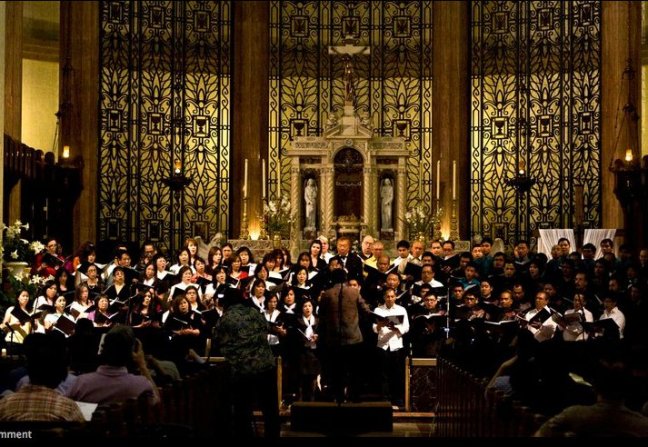
Now that I saw Mahler 8, I’m officially Mad about Mahler! His music transcends me to another space and time. Part I is a tight symphonic setting of the Latin Hymn “Veni Creator Spiritus”. Part II a more rhapsodic setting of the final part of Goethe’s “Faust”. These two texts fuse religion and humanism together, with Faust symbolising mankind redeemed from wrongdoing through Love. The Symphony No. 8 in E-flat major by Gustav Mahler is one of the largest-scale choral works in the classical concert repertoire. Because it requires huge instrumental and vocal forces it is frequently called the “Symphony of a Thousand”.

Mahler 8 is a story about “Faust” a man that despite his scholarly eminence, is bored and disappointed. He decides to call on the Devil for further knowledge and magic powers with which to indulge all the pleasure and knowledge of the world. In response, the Devil’s representative, Mephistopheles, appears. He makes a bargain with Faust: Mephistopheles will serve Faust with his magic powers for a term of years, but at the end of the term, the devil will claim Faust’s soul and Faust will be eternally damned. The term usually stipulated in the early tales is 24 years.
During the term of the bargain, Faust makes use of Mephistopheles in various ways. In many versions of the story, particularly Goethe’s drama, Mephistopheles helps him to seduce a beautiful and innocent girl, usually named Gretchen, whose life is ultimately destroyed. However, Gretchen’s innocence saves her in the end, and she enters Heaven. In Goethe’s rendition, Faust is saved by God’s grace via his constant striving—in combination with Gretchen’s pleadings with God in the form of the Eternal Feminine.
I was privilleged to see LA Phil’s music director Gustavo Dudamel at the concert rehearsal of Mahler 8. My friends, members of Chamber Singers in Los Angeles performed with the 1000 choirs and two orchestras gave me a ticket to see the show.
They said only once in a hundred year you will see a great conductor, and one of them is Gustavo Dudamel. I’m so lucky and blessed to see him, and humbled too.

If your picture of a music conductor is like that one of the terror professors, well he is nothing like that at all. He’s got a great sense of humor. I laughed so many times during the rehearsals. This video is from another hereasal but just to show you how funny he is. He uses a unique metaphor to explain to the orchestra how to play this particular passage from Mendelssohn’s “Scottish” Symphony.
I know not everyone is into classical music. So here’s a treat… “Mambo!” by Leonard Bernstein. This is FUN FUN FUN!
Gustavo Dudamel conducts the Venezuelan Youth Orchestra Simón Bolívar and the Venezuelan Brass Ensemble. With Alexis Cárdenas & Ensemble.
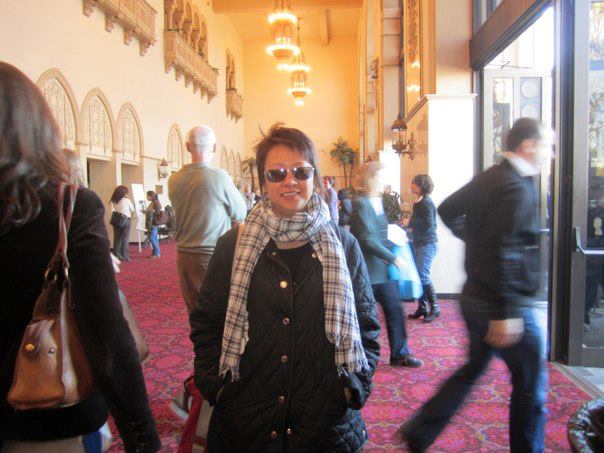












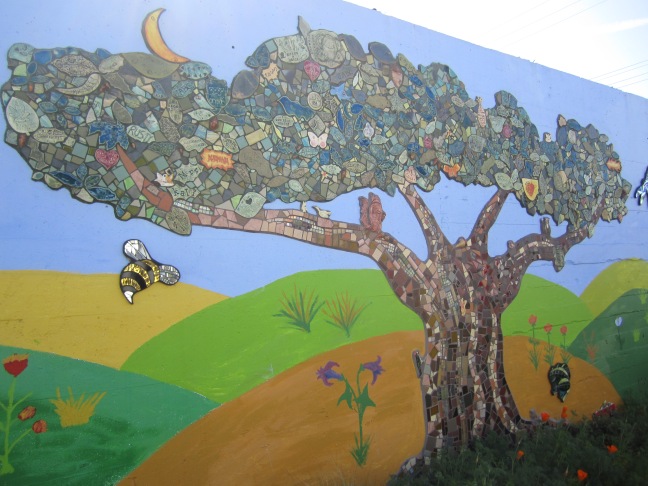

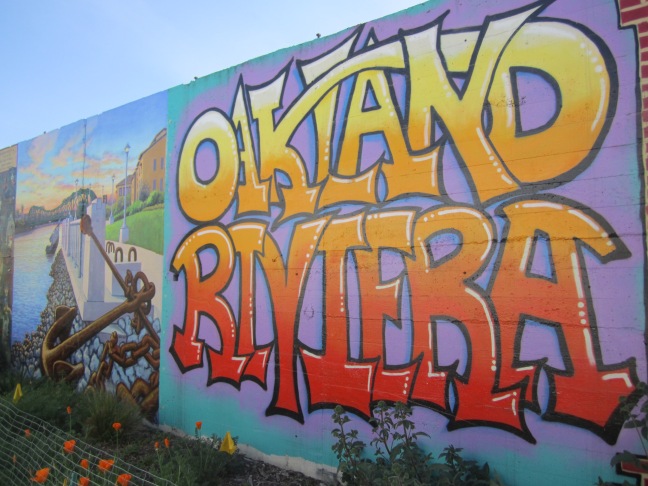




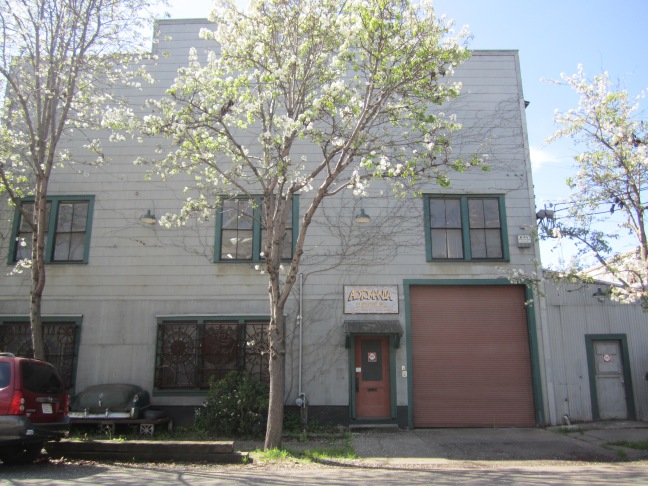


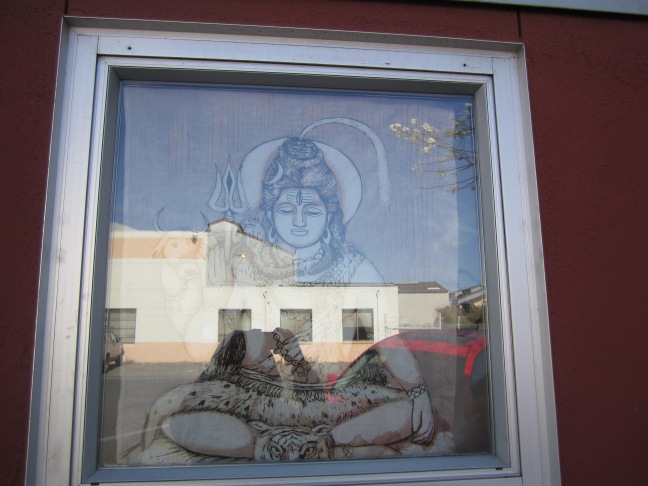
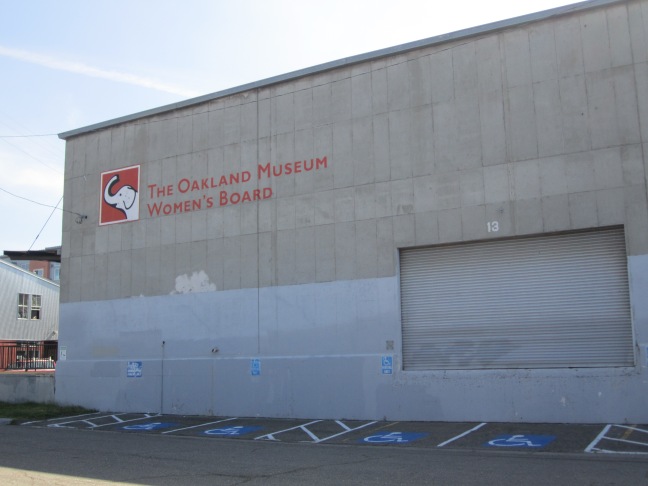



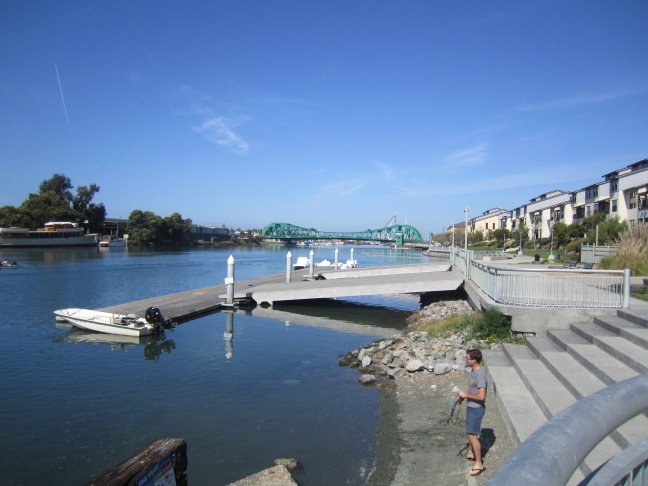




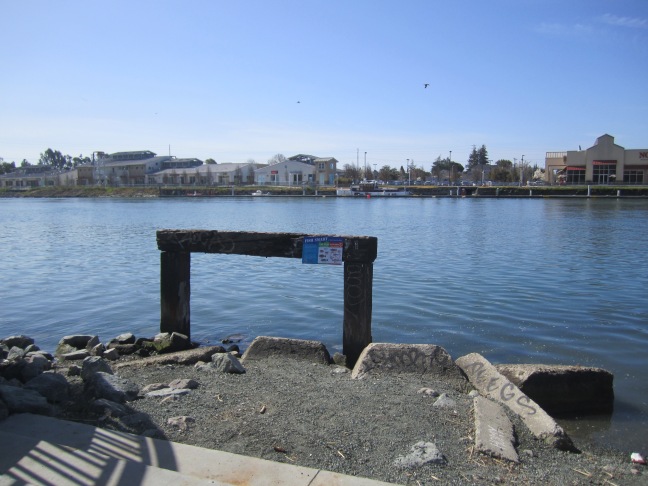










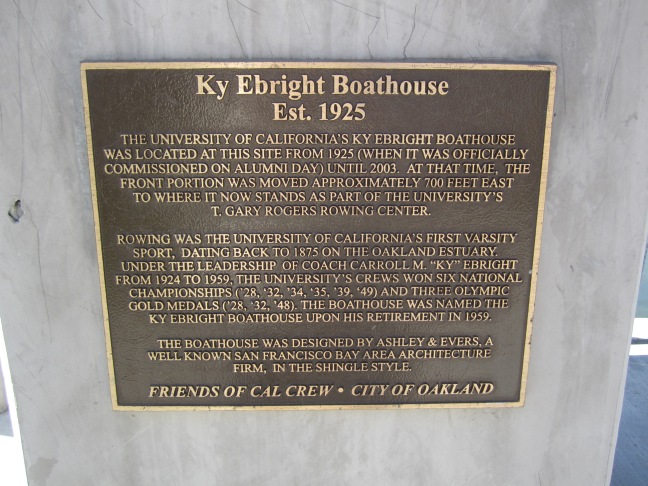







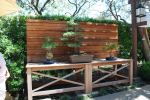









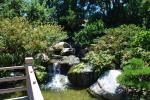




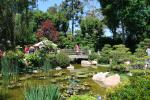
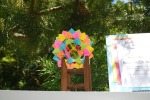


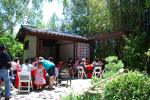

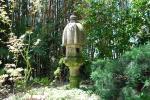


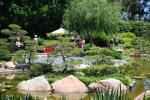
You must be logged in to post a comment.